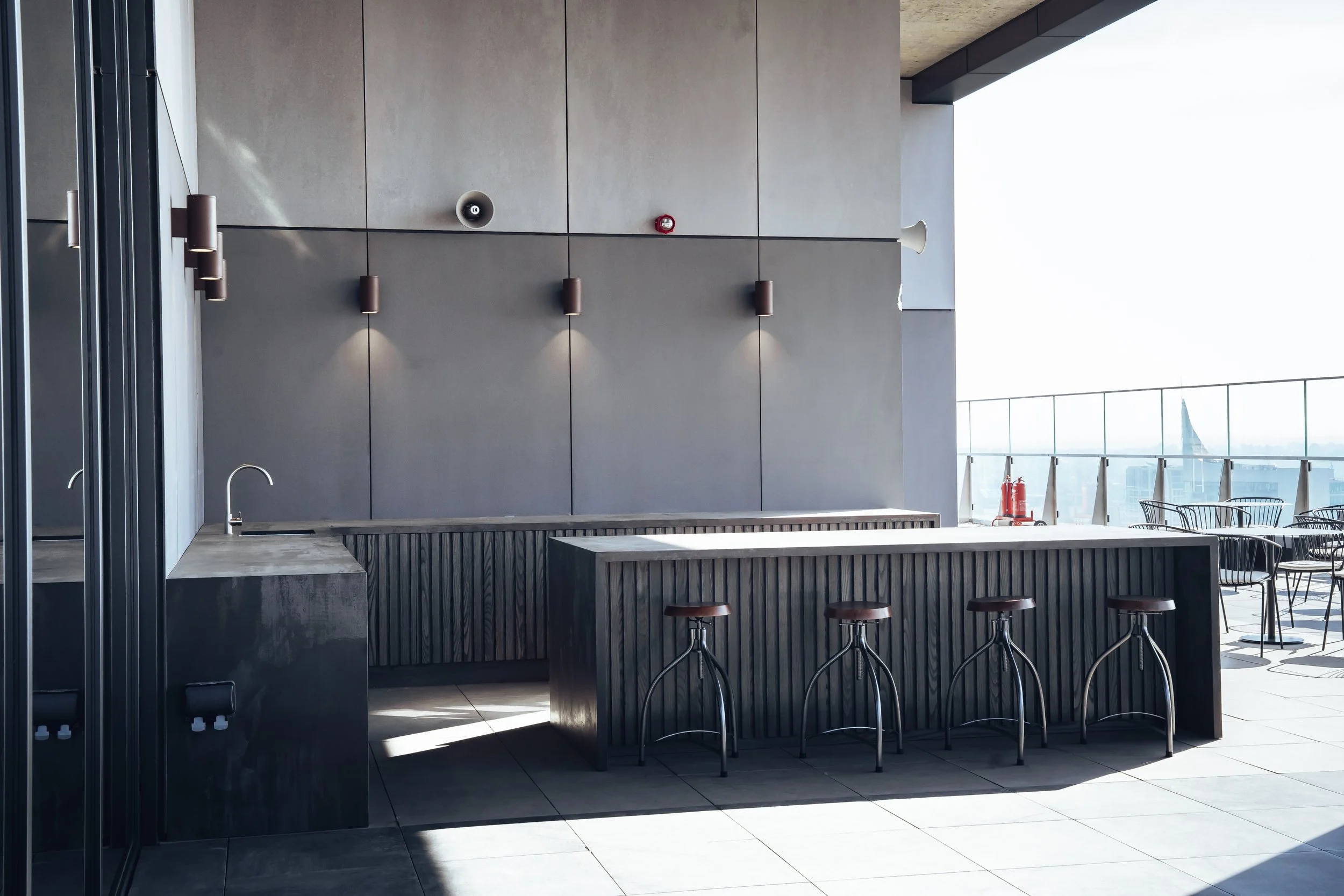Beyond the Snapshot: A Commercial Photographer's Guide to Charging What You're Worth
As commercial photographers, we're not just taking pictures; we're creating assets that drive business. We're telling stories, building brands, and helping our clients connect with their customers. So why is it that so many photographers struggle to price their work correctly? At Hawk Media Services, we believe that understanding your value is the first step to building a sustainable and profitable business. This isn't about pulling a number out of thin air, it's about a strategic approach that ensures you're not only covering your costs but also building a thriving creative career.
The biggest mistake many photographers make is focusing solely on the "day rate." While it's a piece of the puzzle, it's far from the complete picture. Commercial photography pricing is a complex equation that accounts for your time, your expertise, your business costs, and, crucially, the value you're providing to the client. Let's break down the key components of a professional commercial photography quote.
The Foundation: Calculating Your Cost of Doing Business (CODB)
Before you can even think about profit, you need to know your baseline. Your CODB is the annual total of all your business expenses. This includes everything from the obvious to the easily forgotten:
Fixed Costs: These are your non-negotiable, recurring expenses. Think of things like insurance (equipment, liability), software subscriptions (Adobe Creative Cloud, gallery hosting), website and domain fees, and any studio rent or mortgage payments.
Variable Costs: These fluctuate based on your workload. This includes travel expenses, equipment maintenance and repair, marketing and advertising, and professional membership fees.
Your Salary: This is a business, and you deserve to be paid for your work. Don't forget to factor in your desired annual income. A quick way to estimate this is to look at a personal budget and determine what you need to live comfortably and save for the future.
Once you have your total annual CODB, you can divide it by the number of billable days you plan to work in a year. This gives you a minimum daily rate that just covers your expenses. You should never, ever, charge less than this.
The Day Rate: Valuing Your Time and Expertise
With your CODB in mind, you can now determine your actual day rate. This is the fee you charge for your time on set. It's not just the hours you spend shooting; it's the expertise, problem-solving, and creative vision you bring to the table. Your day rate should reflect your experience level, the quality of your equipment, and your unique style.
Half-Day vs. Full-Day: Most commercial photographers offer a half-day rate (typically up to four hours) and a full-day rate (typically up to eight hours). A good rule of thumb is to set your half-day rate at around 60-75% of your full-day rate. This incentivises clients to book you for the whole day, making your time more efficient.
Pre-Production and Post-Production: Remember that a shoot day is only one part of the job. You'll spend hours on pre-production (client consultations, location scouting, shot lists) and post-production (editing, retouching, file delivery). Many photographers roll this time into their creative fee or charge for it separately. Be transparent about how your account for this time in your quote.
The Big One: Usage and Licensing Fees
This is where commercial photography truly differs from consumer photography (like weddings or portraits). In commercial work, the client is buying the right to use your images, not the images themselves. This is known as "licensing" or "usage." The fee for this is often the most significant part of the quote and is directly tied to the value the images will generate for the client.
To determine a fair usage fee, you need to ask your client some crucial questions:
Where will the images be used? (e.g., website, social media, print ads, billboards, product packaging)
For how long will they be used? (e.g., 3 months, 1 year, in perpetuity)
In what geographical region? (e.g., local, national, global)
Is it an exclusive license? (Can the client be the only one to use the images for a certain period?)
A photo used on a local company's social media for a month has a completely different value than a photo used on a global billboard campaign for five years. Your usage fee should scale accordingly. Resources like the Association of Photographers (AOP) have calculators that can help guide you on this, but it's ultimately a negotiation that reflects the potential return on investment for your client.
The Extras: Production Expenses
Don't forget to itemise and include all additional costs in your quote. These are expenses that are specific to the project and are not part of your standard CODB. This could include:
Assistants and Second Shooters: Don't work alone on a complex shoot.
Model/Talent Fees: The cost of hiring professional models or actors.
Hair and Makeup Artists (HMUA) and Stylists: Essential for a polished look.
Location and Studio Rental Fees: If the shoot isn't on-site.
Specialised Equipment Rental: Drones, unique lighting, etc.
Travel and Accommodation: If the shoot is out of town.
Props and Wardrobe: Any specific items needed for the shoot.
By listing these out clearly, you demonstrate your professionalism and prevent any surprises for the client. It also ensures you're not left out of pocket for the resources needed to create a high-quality product.
The Quote: Bringing It All Together
Once you have all the components, you can build a comprehensive and transparent quote. A good quote isn't just a number; it's a clear breakdown of services and costs. Here's what your final estimate should look like:
Creative/Photography Fee: Your day rate for the time spent on the project.
Usage/Licensing Fee: A separate line item clearly explaining the rights the client is purchasing.
Pre-Production/Post-Production Fee: This can be a separate line or rolled into the creative fee, but it should be accounted for.
Production Expenses: An itemised list of all the extra costs.
Subtotal and Total: The final, all-inclusive price.
Final Thoughts from Hawk Media Services
Pricing for commercial photography is an art and a science. It requires you to be a business owner first and a creative second. By understanding your CODB, valuing your time, and correctly licensing your work, you can create a pricing structure that is not only fair but also profitable. Remember, you're not just selling photos; you're selling a solution to a client's business problem. Your pricing should reflect that immense value.
If you're still feeling overwhelmed, don't hesitate to consult with other professionals in your field or use online calculators and guides to help you get started. As your reputation and experience grow, so too will your rates. Price with confidence, and your clients will see you as the professional you are.
Hawk Media Services has conducted various commercial photoshoots for businesses of all sizes, from global leaders to SMEs. Contact us today to book your photoshoot.


